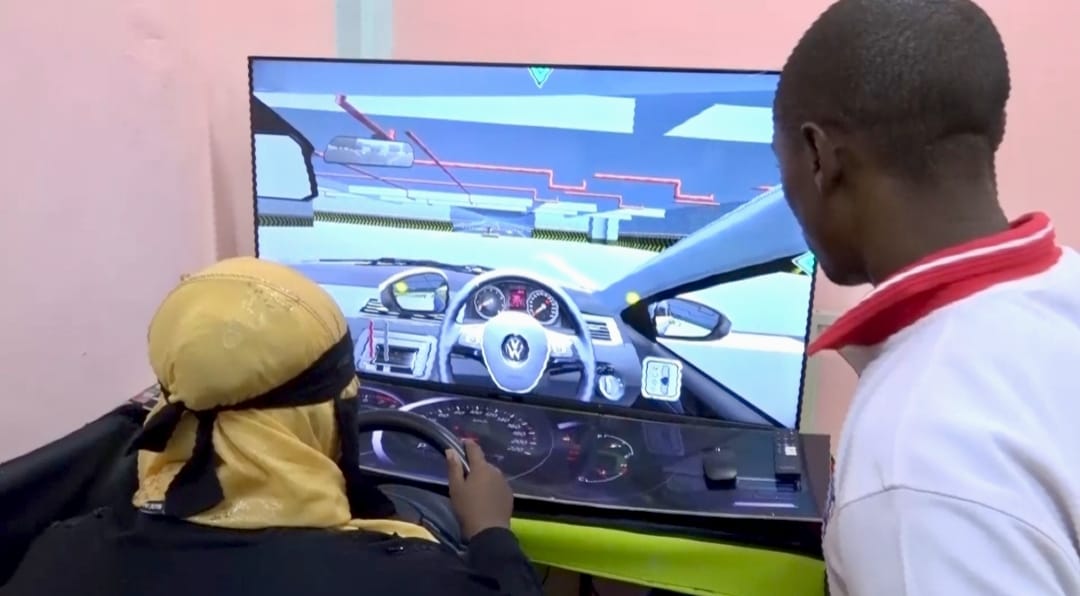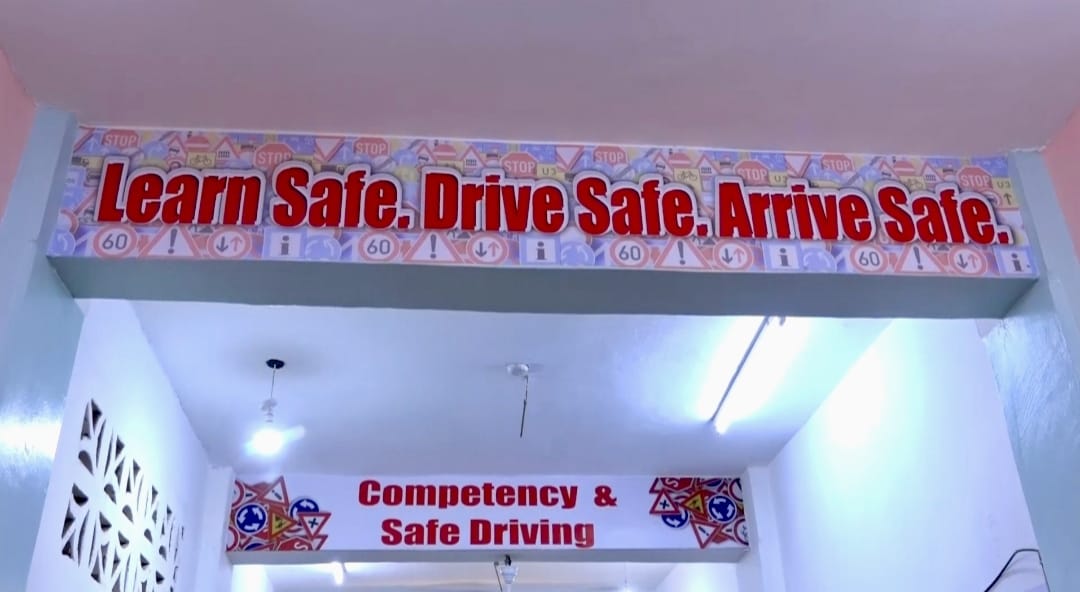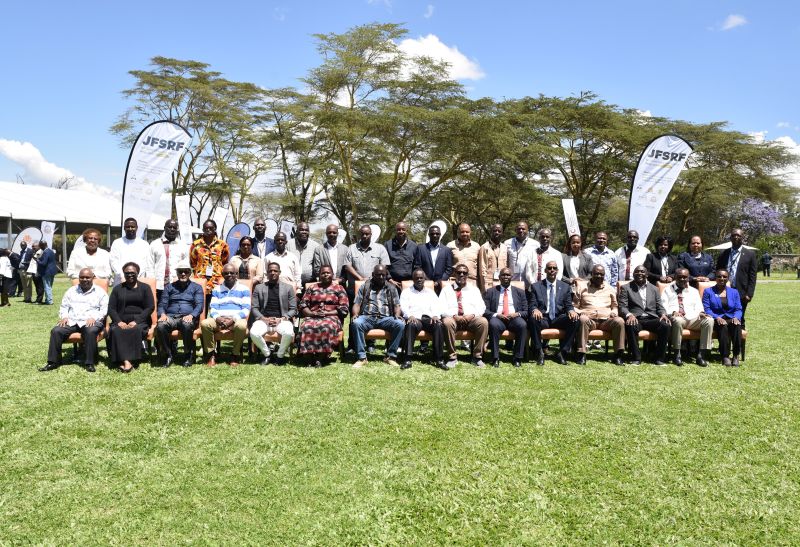Digital driving simulators introduced in Malindi to boost road safety

Transport stakeholders believe that widespread adoption of digital driving education could significantly reduce accidents caused by inexperienced drivers.
Transport stakeholders in Malindi have introduced a digital driving training dubbed programmeDIGITAL aimed at improving road safety and reducing accidents in the region.
The initiative, spearheaded by a consortium of driving schools and transport sector representatives, incorporates a practical approach that uses digital simulators to enhance driver education.
More To Read
- Regional transport chiefs meet in Mombasa as road deaths surge across Africa
- NTSA launches road safety campaign to keep children safe as schools close
- Mombasa drivers, pedestrians express relief over installation of traffic lights at Saba Saba
- One in four global road deaths occur in Africa, report reveals
- 19 first aid units, trauma facilities to be built along Kenya’s blackspots
- Kenya rolls out multi-pronged road safety strategy to halve traffic deaths by 2030
The digital driving system consists of a steering wheel and a screen that simulates real-world driving environments.
Learners can practice navigating different road conditions, such as highways, urban traffic, and adverse weather scenarios, all within a controlled setting.
This training method is designed to familiarise aspiring drivers with complex road structures before they get behind the wheel on actual roads.
According to transport stakeholders, the programme aims to bridge the gap between theoretical knowledge and practical driving skills.
Speaking in Malindi, Mohammed Aziz, a digital transport expert, explained that new drivers often struggle with adapting to the complexities of urban roads.
"Drivers face challenges when they begin operating in cities like Nairobi and Mombasa, where there are multiple road lanes, superhighways, and dual carriageways. This training gives learners exposure to such environments before they start driving on real roads," said Mohammed.
He added that the digital programme has also benefited organisations, such as the TukTuk Drivers Association, which uses modified vehicles that require specialised training.
 According to transport stakeholders, the programme aims to bridge the gap between theoretical knowledge and practical driving skills. (Farhiya Hussein)
According to transport stakeholders, the programme aims to bridge the gap between theoretical knowledge and practical driving skills. (Farhiya Hussein)
Katana Kitsao, a sector trainer, emphasised the significance of digital driving technology in enhancing driver competence.
"This system provides more exposure compared to traditional training. Many drivers are only familiar with their local roads, but the simulator offers experience with different road networks, including those in major cities," said Kitsao.
He also noted that the programme allows learners to practice navigating traffic lights, handling slippery roads during rainy conditions, and responding to unexpected road hazards.
Faruk Hassan, another transport stakeholder, highlighted the advantages of digital driving in preparing learners for diverse driving conditions.
"A learner gains exposure to various road types and weather conditions. By the time they get an opportunity to drive in a different environment, they will already have practical experience," he said.
The initiative has received positive feedback from students undergoing the training.
Aisha Suleiman, a learner at one of the driving schools in Malindi, said the simulator had boosted her confidence. "Before, I was nervous about driving in heavy traffic, but now I feel prepared. The simulator has helped me understand how to handle different situations on the road."
Another learner, David Mwangangi, expressed appreciation for the hands-on experience offered by the training. "The best part is that I get to practice driving in areas I have never been to, like Nairobi. It makes me feel more confident that I can drive anywhere once I get my license," he noted.
Meanwhile, Fatma Omar, who recently finished her digital training, referred to the system as a revolutionary tool.
"The most challenging part of driving is reacting quickly to unexpected situations. This training has taught me how to anticipate and respond to different road conditions, especially during heavy rain or in unfamiliar places," she said.
Transport stakeholders believe that widespread adoption of digital driving education could significantly reduce accidents caused by inexperienced drivers.
They are now calling on all driving schools to integrate the system into their training programmes to produce more skilled and adaptable drivers.
Top Stories Today












































